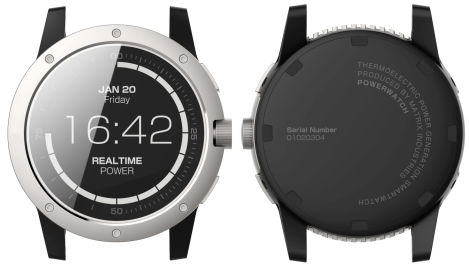With the year nearing its end, the famous smartphone chip maker Qualcomm just announced their next year’s flagship processor, the Snapdragon 835.
Qualcomm has joined hands with Samsung to bring its next biggest processor that will eventually end up powering the next wave of mobile devices.
Improvements Over Snapdragon 820/821
The company is collaborating with Samsung and utilizing its 10 nm FinFet technology to manufacture the Snapdragon 835. The new chip will perform better than its predecessors and use less power as well.
The new design promises an increase of 27 percent in overall performance and will consume 40 percent less power compared with Snapdragon 821.
Quick Charge 4.0:
You may be wondering that this collaboration with Samsung is not a coincidence. Qualcomm is going to introduce the next version of its Quick Charge technology named Quick Charge 4.0.
The next Quick Charge version will be complying with all the safety measures required for it to be approved by Google and with its partner in chip making, Samsung.
Quick Charge 4.0 will be about 20% faster than Quick Charge 3.o, found in smartphones with Snapdragon 820 and 821 processors. According to Qualcomm, Quick Charge 4.0 will get your device 5 hours of usage time with just 5 minutes of charging.
Better Availability and Better Safety Measures:
Quick Charge compliant cables and power adapters were also less common with smartphone companies often bundling a regular power adapter with their phones instead of Quick Charge compatible adapters. Customers had to buy the charger separately to be able to use the fast charging technology.
Qualcomm is going to remedy this problem by increasing the availability of Quick Charge-compliant adapters and cables next year with the release of Snapdragon 835 in future devices.
These are the safety measures that Qualcomm is looking to employ with Quick Charge 4.0:
"Quick Charge 4 comes with advanced safety features for both the adapter and mobile device. Protection is implemented at multiple levels and throughout the entire charging process to more accurately measure voltage, current, and temperature while protecting the battery, system, cables and connectors. An additional layer of protection is also being added to help prevent battery over-charging and regulate current throughout every charge cycle."
Via TechCrunch






